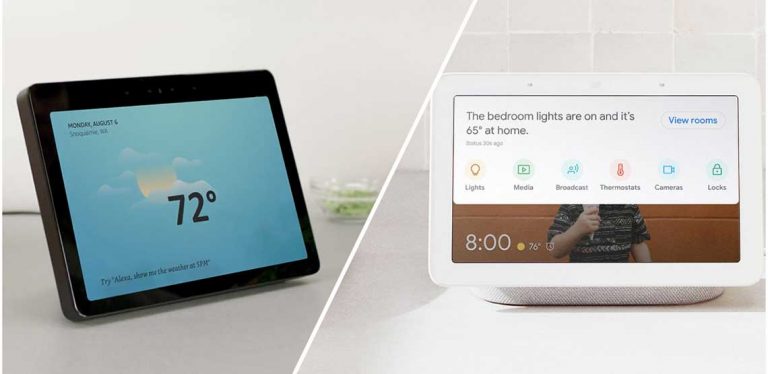Understanding the Difference
With technology advancing every day, keeping up with the latest terms can be a headache. “Augmented reality” and “virtual reality” are two of the many terms trending recently, but for many, these terms seem interchangeable. However, they are in fact different things and understanding the difference can give us insight into how we use them. So, read on because this article will have all of your answers!
What is Augmented Reality?
Augmented reality is a technology that adds digital elements to our real world. For example, if you are looking at your phone while standing in a park, an augmented reality app could show you relevant information about the area, such as nearby restaurants or shops. It adds a layer of digital information to the physical world around you.
Pokemon Go is a popular mobile game that uses augmented reality, allowing players to catch virtual creatures in the real world by pointing their phones around. So, while the game uses real-life landscape and the player's real location, it adds elements which are in the case of Pokemon Go, "monsters".
You May Also Like:
Related Search Topics (Ads)
What is Virtual Reality?
Although similar in many ways, virtual reality on the other hand is a simulated environment, where the user is completely immersed in a virtual world. It requires the use of specialized hardware, such as an Oculus Rift or HTC Vive headset. These headsets allow you to look around and even interact with the virtual world using hand controllers. This makes it easier to explore different worlds without ever leaving your home.
In addition, virtual reality can be used for a variety of purposes, such as training simulations, educational experiences and entertainment. For instance, you can explore 3D models or take virtual tours of museums in virtual reality.
5 Main Differences Between Augmented and Virtual Reality
- Physical vs. Digital: In augmented reality, digital elements are added to the physical world. This means that the digital elements are anchored to physical objects in the real world. In virtual reality, on the other hand, the user is completely immersed in a simulated environment, so all objects are digital.
- Accessibility: Augmented reality is accessible to most people, as it requires only a smart device with a camera and an app. Virtual reality on the other hand requires specialized hardware, such as an Oculus Rift or HTC Vive headset, making it more expensive and less accessible. It is also worth noting that augmented reality can be experienced without an app or special hardware, while virtual reality usually requires both.
- Cost: As mentioned earlier, augmented reality is more accessible and generally less expensive than virtual reality. However, this does not mean it is always cheaper. For instance, if you are looking to build a complex AR experience with a lot of digital content, the cost can quickly add up.
- Uses: While both augmented and virtual reality can be used for gaming, training simulations, education and entertainment, they are also different in terms of the types of experiences they offer. Augmented reality is best suited to tasks that require an overlay of digital content on top of the real world, while virtual reality is better at creating immersive 3D environments.
- Location: Augmented reality is location-based, meaning that it uses GPS data to deliver experiences in a specific area. Virtual reality, on the other hand, can be experienced anywhere and does not require an internet connection or physical space.
Do Augmented Reality and Virtual Reality Work Well Together?
While these two forms of technology may have their differences, they are still similar enough to work well together in many instances. For example, developers may take certain aspects of both AR and VR to create a more engaging experience. By combining elements from each technology, developers can create experiences that use the best of both worlds, which allows users to have a richer and more immersive experience than either one could provide on its own.
What is Mixed Reality?
Having mentioned that these two technologies can work together, there is in fact a name for the combination of the two. Known as Mixed Reality (MR), this is a hybrid of Augmented Reality and Virtual Reality, which offers an even more immersive experience. By combining elements from both AR and VR, MR can provide users with deeper levels of interactivity and engagement than either one could do alone. MR can be seen in many industries, including gaming, training simulations, and education.
Final Thoughts
The thought of Augmented Reality and Virtual Reality can quickly cause confusion and it’s easy to get the two mixed up because of how new they are and the rapid pace of technology. Nevertheless, with this article, we hope to have cleared up any confusion you may have had about the differences between AR and VR.

